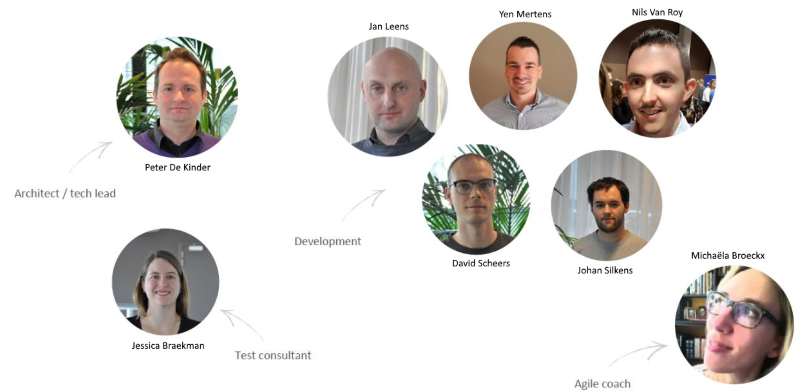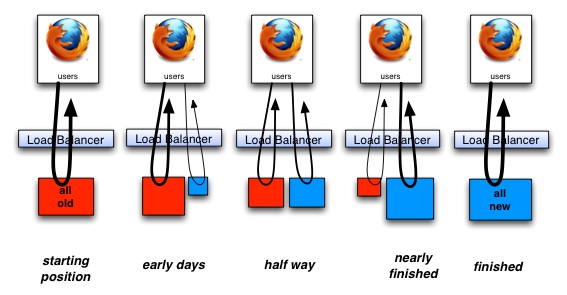DKV Belgium - Hospital AdmissionsNovember 2018 till Januari 2019Content: |
 |
Management Summary
The most common types of services developed within organizations fall within one of these categories:
- Data Management Services: these services are meant to give a single point of access for reading and modifying business data.
- Legacy Wrapper Services: these services are meant to encapsulate functionalities offered by legacy systems that are not (yet) economically viable to be decommissioned and replaced by more modern technologies.
- Process Integration Services: Orchestration services that string together a variety of service calls to achieve business value.
Where the previous project at DKV for the Ordina HPT was focused on Data Management services, this project focuses on the other two types: Services wrapping themselves around existing interfaces for both an AS400 legacy system and a Lotus Notes legacy system, and services orchestrating these legacy wrapper services into a coherent process to be used for registering customers of DKV as admitted in hospitals. The principles set out as the new standard for software development in the PMDM project were leveraged in this project to have rapid delivery of the needed software.
Team Composition
This project is delivered by a High-Performance Team (HPT) of Ordina consisting of the following members:

These are the blended non-Ordina members of the team:

Novelty Items
When attempting to replace legacy systems with more up-to-date technologies in order to reduce technical debt, it is seldom possible to go for a big bang approach where the legacy system in its entirety is replaced. This could be done when the legacy system covers a relatively small number of business capabilities, but this is seldom the case. Legacy systems tend to be an accumulation of a large number of functionalities covering a plethora of business needs. The cost and risk to replace these in one go would just be too high. Enter the Strangler Pattern. This pattern sets up an abstraction layer between the components in the application landscape, and gradually replaced the legacy systems by extracting one or a few of the functionalities it offers until all of them have been replaced and the legacy system can be decommissioned without too much risk. This approach has been opted for at DKV as well. Paul Hammant wrote an excellent blogpost on the benefits and best practices of this pattern back in 2013.
| Project | SOA | Healthcare | Financial |



